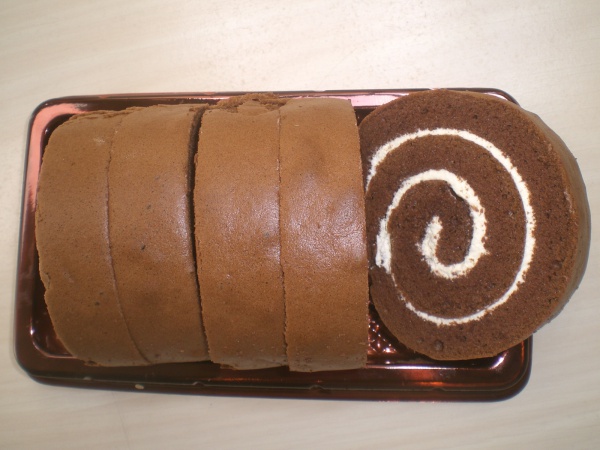Facts About Swiss roll
A Swiss roll, also known by various names such as jelly roll, roll cake, cream roll, or Swiss log, is a delightful type of sponge cake rolled up with a filling of whipped cream, jam, or icing. It is believed to have originated in Central Europe, possibly Austria, in the 19th century. The distinctive spiral shape of the Swiss roll has even inspired terminology in other fields.
The history of the Swiss roll dates back to the mid-1800s. Early references to rolled cakes filled with jelly appear in publications from that era. In America, the dessert underwent several name changes, including Jelly Cake, Swiss Roll, and Rolled Jelly Cake, before "Jelly Roll" became the standard term.
Different countries have their own unique versions of the Swiss roll. In the Czech Republic, it's called piškotová roláda, while in Japan, it's known simply as a roll cake. In Latin America, it goes by names such as pionono or brazo de reina, often filled with dulce de leche. In the Philippines, a similar pastry is called pionono, with modern variations like ube rolls and mango rolls gaining popularity.
In Portugal, these delightful rolls are known as tortas and are commonly filled with jam. In Nordic countries like Denmark, Norway, and Sweden, they are referred to as roulade or rulltårta. In Spain, the dessert is called brazo de gitano and is typically filled with cream or chocolate truffle. Interestingly, despite its name, the Swiss roll did not originate in Switzerland, where it is referred to as Biskuitroulade or simply Roulade.
In the United Kingdom, Swiss rolls are a popular choice for teatime or dessert, available in flavors like chocolate, lemon, and jam. In the United States, commercial bakeries produce Swiss rolls, sometimes referred to as "chocolate logs" or "ice cream cake rolls."

 France
France